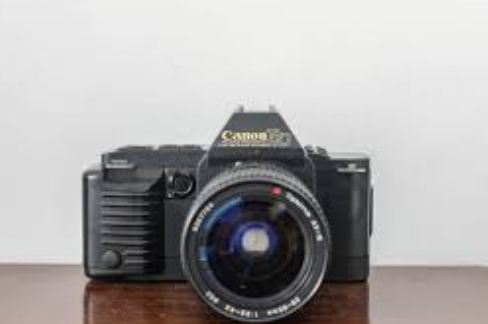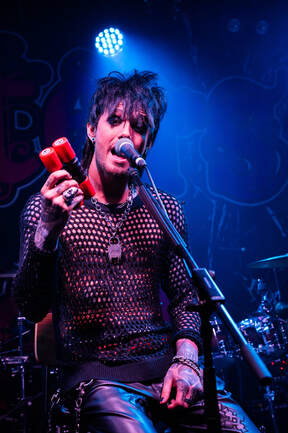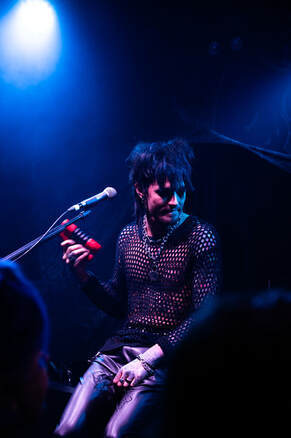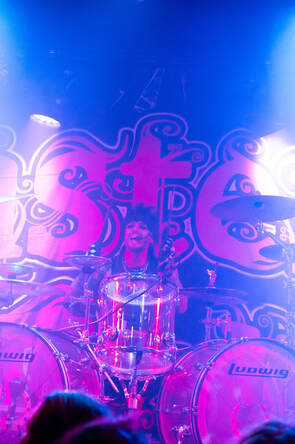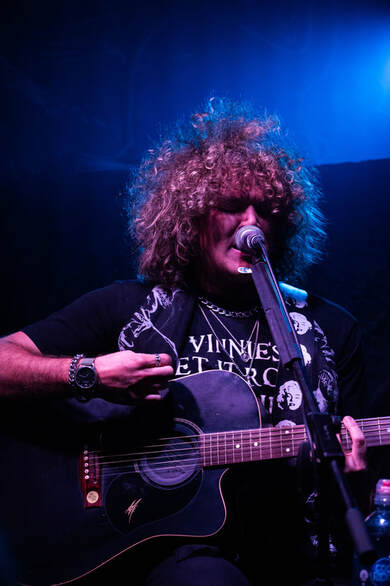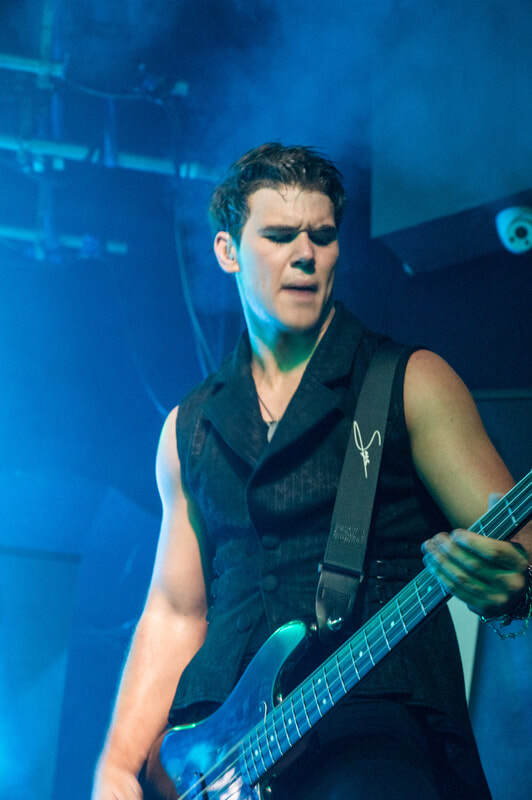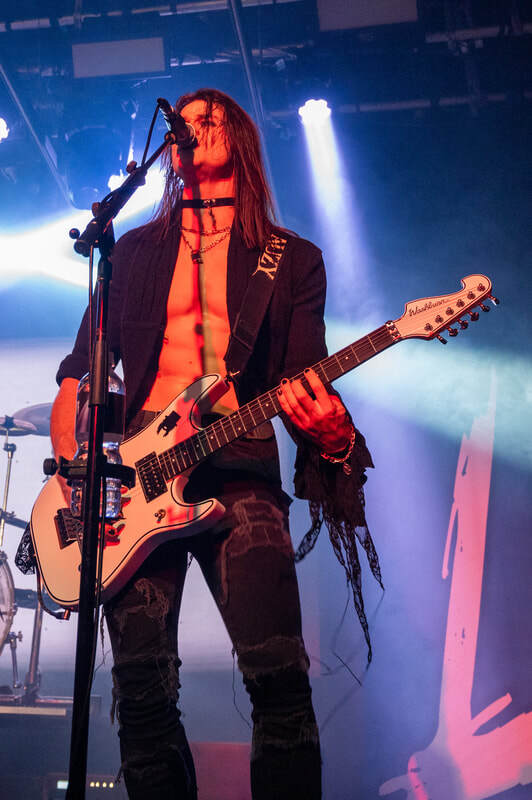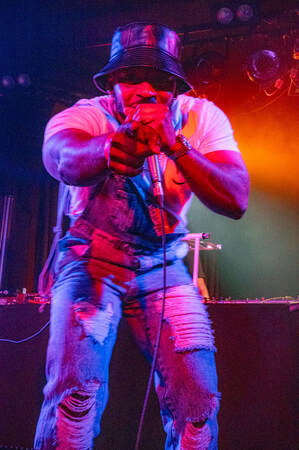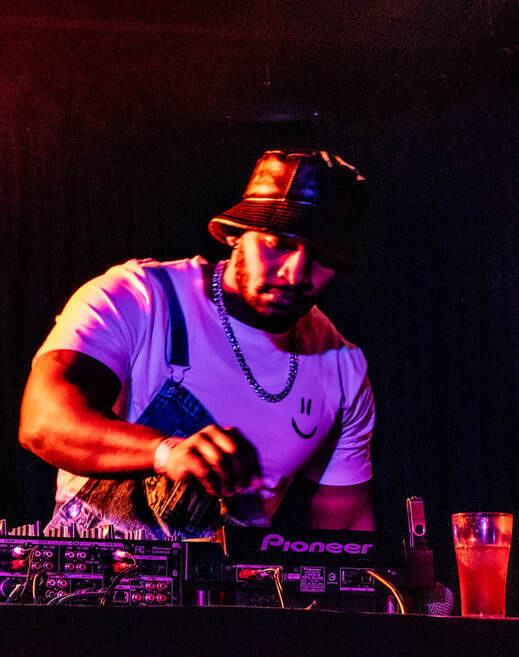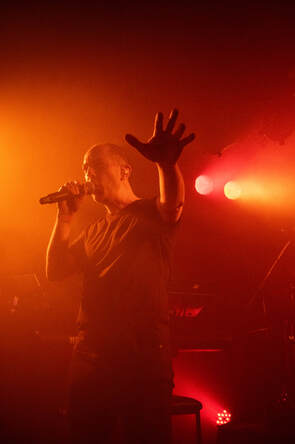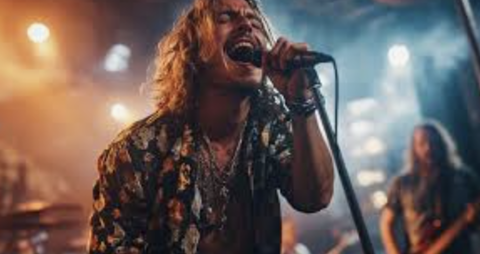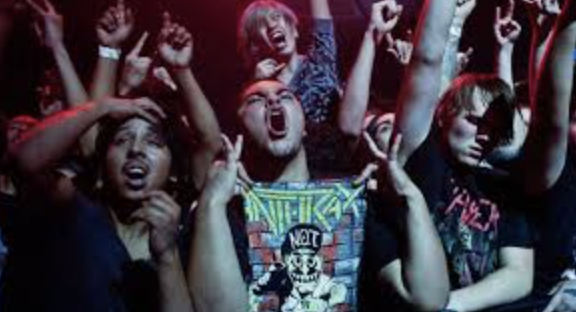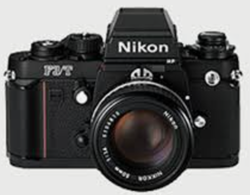
The first time I picked up a camera at a concert was during a Jimmy Barnes gig at the entertainment centre in Melbourne in the mid-1980s. I wasn’t sure what to expect when I brought my camera along, but something inside me told me this would be an experience worth capturing. At the time, I was already intrigued by photography, but live music photography was a completely new realm for me.
The atmosphere of that gig was electric—there’s something about a Jimmy Barnes show that just grabs you and pulls you in. The lights were bright and intense, casting bold shadows across the stage, while the sound was loud and raw, with the energy of the crowd feeding into every guitar riff and vocal scream. It was the kind of atmosphere where you feel the music in your bones, and every note seems to vibrate through the air.
I still vividly remember one special moment during that gig when one of his guitarists looked straight down the lens of my camera. It was as if the entire room narrowed into that single shot. There was a connection between the performer and my camera, something rare and fleeting that I was able to capture. It ended up being a beautiful photo—one that still stands out to me all these years later as the moment where my passion for live music photography really took off.
The experience of shooting that first gig was thrilling. I realized that capturing live performances wasn’t just about freezing a moment in time—it was about translating the energy, emotion, and atmosphere into a visual story. It felt like being part of the music itself, contributing in a way that wasn’t just about watching but about immortalizing the performance through my lens.
That Jimmy Barnes gig sparked a journey for me. From that moment, I knew I wanted to keep doing this, to keep finding those perfect moments that tell the story of a gig. That was the start of everything, and it’s what eventually brought me to where I am today, pursuing live music photography as both a passion and a profession.
The atmosphere of that gig was electric—there’s something about a Jimmy Barnes show that just grabs you and pulls you in. The lights were bright and intense, casting bold shadows across the stage, while the sound was loud and raw, with the energy of the crowd feeding into every guitar riff and vocal scream. It was the kind of atmosphere where you feel the music in your bones, and every note seems to vibrate through the air.
I still vividly remember one special moment during that gig when one of his guitarists looked straight down the lens of my camera. It was as if the entire room narrowed into that single shot. There was a connection between the performer and my camera, something rare and fleeting that I was able to capture. It ended up being a beautiful photo—one that still stands out to me all these years later as the moment where my passion for live music photography really took off.
The experience of shooting that first gig was thrilling. I realized that capturing live performances wasn’t just about freezing a moment in time—it was about translating the energy, emotion, and atmosphere into a visual story. It felt like being part of the music itself, contributing in a way that wasn’t just about watching but about immortalizing the performance through my lens.
That Jimmy Barnes gig sparked a journey for me. From that moment, I knew I wanted to keep doing this, to keep finding those perfect moments that tell the story of a gig. That was the start of everything, and it’s what eventually brought me to where I am today, pursuing live music photography as both a passion and a profession.
